Forts of the Deccan (1200-1800)
The medieval and modern period of Deccan history offers an unparalleled range of research topics for historians, archaeologists and architectural historians focusing on fortifications, such as those who have contributed to this volume. The Deccan region preserves a large number of comparatively well preserved fortified sites, some familiar and now fairly well documented, like the great dynastic centres of Warangal, Hampi-Vijayanagara, Bidar and Golconda, others only recently identified and investigated, like the military outposts of Sagar, Naldurg, Torgal and Chitradurga. Between the 13th and 18th centuries, Deccan was mostly divided between independent polities, competing with each other for well-watered lands, natural ressources, and control of routes leading to the lucrative Arabian Sea and Bay of Bengal ports. In addition, there were intruders from northern India, from the Khaljis and Tughluqs to the Mughals, attracted by the region’s vast wealth. It is hardly surprising, therefore, that Deccan rulers had always to be concerned with the safety of their dynastic capitals and military outposts. This book aims to define the types of fortifications and their evolution with the adaptation to new weapons, such as artillery. The different contributions are wide ranging in terms of the material examined, approaches and methods, as well as the state of research, from essays on ‘water harvesting’ and hydrology or early surveys of border forts to an analysis of the symbolism of urban planning at Warangal. It is hoped that this volume and the revival of interest in the forts of Deccan will lead to increased enquiry and research in the times to come.
Get it now and save 10%
BECOME A MEMBER

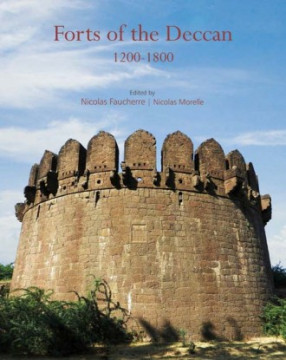
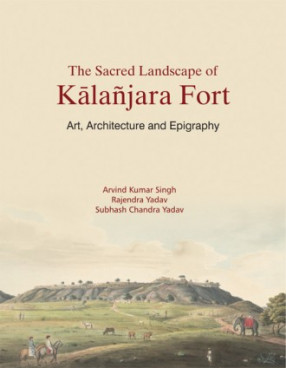
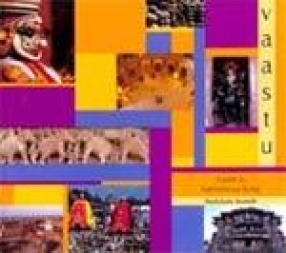
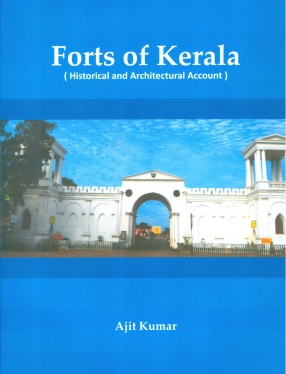
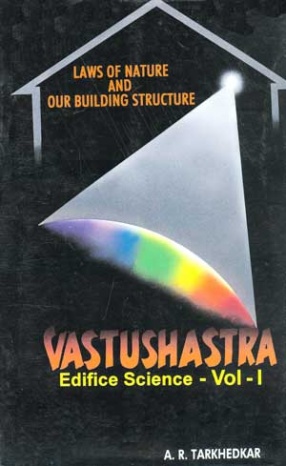

Bibliographic information
Nicolas Morelle
Tags